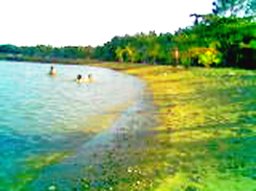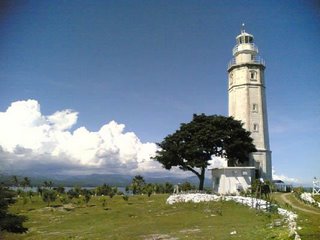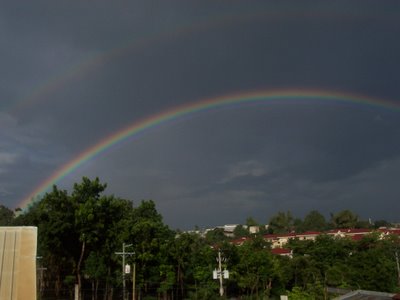
on the left is a photo taken at one of the beaches in Lilo-an, Cebu Province by yanee.
Liloan has long been known for its attractive beaches, a favorite place for sea bathing. There is an area in its coastline where bathers are cautioned not to swim because of a whirlpool caused by the outgoing tide of the waters which flow from an inland lake. Cebuanos describe this phenomenon as “Lilo”. Because of this the town was named “Lilo-an” which means a place that has whirling waters.
Here is the legend of Lilo-an:
Long ago, when Lilo-an was still a wilderness, a marriage of a couple was objected to by the parents. As such, they boarded a boat and fled to a far away place. Somewhere at sea, a storm overtook them. For safety, they entered a channel, now called “Suba,” (a name of a place in Liloan) and proceeded into the interior. They took shelter at its bank and noticed the abundance of the fish in the vicinity. They decided to stay, and with the extra fish they caught, they sold or bartered the catch in the nearby villages. When asked where the fishes were caught, they answered, “Sa may liloan” (by the lilo). Asked where they live, they gave the same answer, “Sa may liloan.” In time, the place was called, as we know the town now, “Liloan”.
Lilo-an is also known for its white octagonal tower that provided guiding light  to mariners, navigators and fisherman from coastal towns in Northern Cebu. The lighthouse at Bagacay,
to mariners, navigators and fisherman from coastal towns in Northern Cebu. The lighthouse at Bagacay,
The 93 steps parola had been neglected for several years and weeds have grown everywhere but up to now it has served as a guiding beacon for the safe navigation of mariners in passage to and from
photograph of lighthouse by Paul D. Perez
